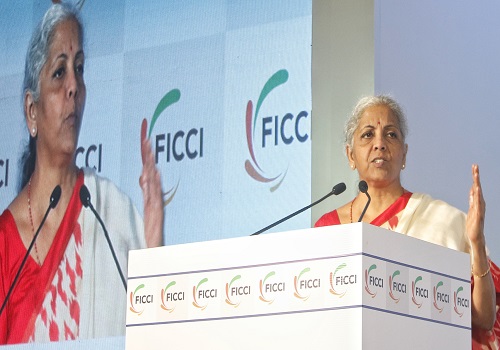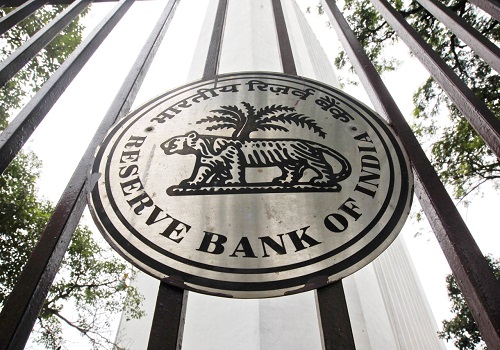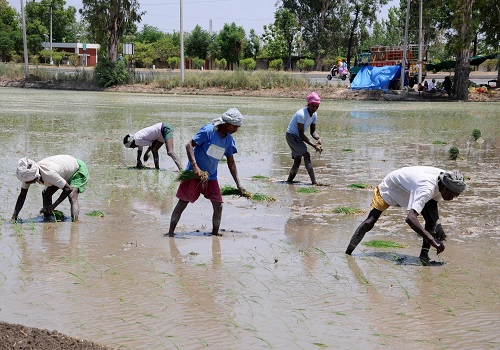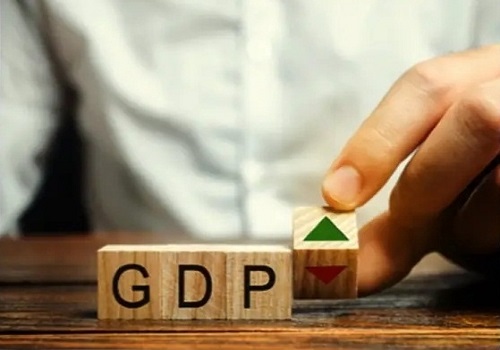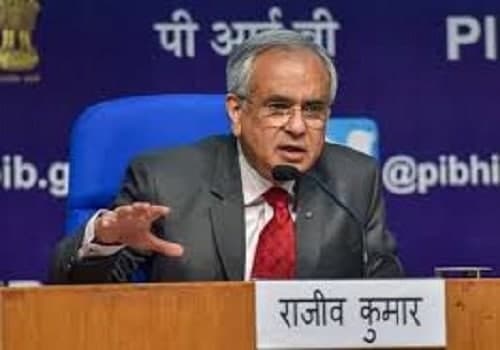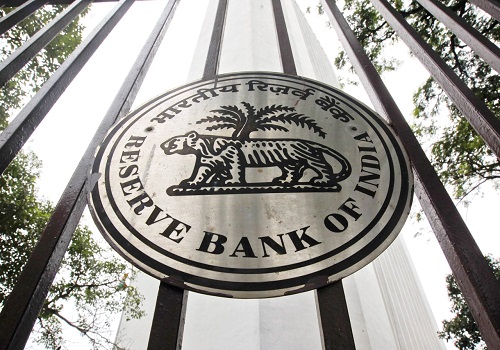Global prospects continue to be uncertain, Indian growth positive: Monthly economic review

Follow us Now on Telegram ! Get daily 10 - 12 important updates on Business, Finance and Investment. Join our Telegram Channel
Global economic prospects continue to be uncertain and the latest developments in the financial markets, especially in the advanced economies, have added to this uncertainty, according to the monthly economic review for March released by the Finance Ministry on Tuesday.
In its March 2023 update of the World Economic Outlook (WEO), the IMF has attempted to clear the path of uncertainty. It has projected global growth to decline from 3.4 per cent in 2022 to 2.8 per cent in 2023.
"Growth is forecasted to marginally improve to 3.0 per cent in 2024, but not enough to beat the growth rate of 2022 while falling significantly short of the 6.4 per cent mark attained in 2021," it further noted.
Elevated inflation and financial tightening, which have weakened the growth process, are thus expected to weigh on economic activity for at least three years since the ongoing Russia-Ukraine war erupted in February 2022, the document noted.
The slowing of global growth, accompanied by pressures from deglobalisation and supply chain disruptions, has also moderated global trade, it said further.
"IMF projects the increase in global trade volume to fall from 5.1 per cent in 2022 to 2.4 per cent in 2023 before slightly improving to 3.5 per cent in 2024. Even within 2022, global trade volume weakened from the first to the second half," the report noted.
At the same time, India's merchandise exports declined in the last quarter of 2022-23 and imports fell more sharply with the easing of international commodity prices.
This led to a smaller merchandise trade deficit, significantly narrowing India's current account deficit (CAD) from 3.7 per cent of GDP in the second quarter to 2.2 per cent in the third quarter of 2022-23.
According to the monthly economic review for March 2023, sustained growth in net services exports and a strong inflow of remittances by Indians employed overseas also contributed to the improvement of CAD.
The narrowing of the CAD, accompanied by a rising inflow of foreign portfolio investment (FPI) resulted in an increase in foreign exchange reserves by the end of third quarter of 2022-23.
With forex reserves further increasing by the end of 2022-23, prospects of a still narrower CAD in the fourth quarter of 2022-23 are bright.
Even as external stability strengthened, factors contributing to internal stability also improved.
Fiscal parameters for the Centre and the states in 2022-23 have been robust, as seen in solid revenue generation and improvement in the quality of expenditure, the document said.
The improvement in expenditure quality is driven by significant capex by the centre and the rationalisation of revenue expenditure, it added.
"Consequently, the ratio of revenue expenditure to capital outlay is lower for April-February 2023 compared to the corresponding period of the previous year," the survey said.
The Centre's emphasis on capex has also encouraged the states to announce an increase in their capex allocation in the budget of 2023-24.
Broad-based economic activity and robust revenue buoyancy have further led to a consolidation in states' fiscal deficit target, with most states projecting a fiscal deficit for FY24 in the range of 3-3.5 per cent of the GSDP, in line with the borrowing limit announced by the Central government.
On inflationary trends, the survey said that internal macroeconomic stability has further strengthened with easing inflationary pressures in March 2023, driven by the softening of food and core inflation, which fell to a 16-month low.
The sequential growth of CPI-core in March 2023 is the weakest since June 2022 and can be attributed to the beginning of the pass-through of declining WPI inflation in consumer goods prices.
Although CPI for the full year rose from 5.5 per cent in 2021-22 to 6.7 per cent in 2022-23, it was much lower in the second half of 2022-23 at 6.1 per cent compared to 7.2 per cent in the first half.
The easing of international commodity prices, the promptness of measures taken by the government, and monetary tightening by the RBI have helped to rein in domestic inflation, the survey pointed out.













